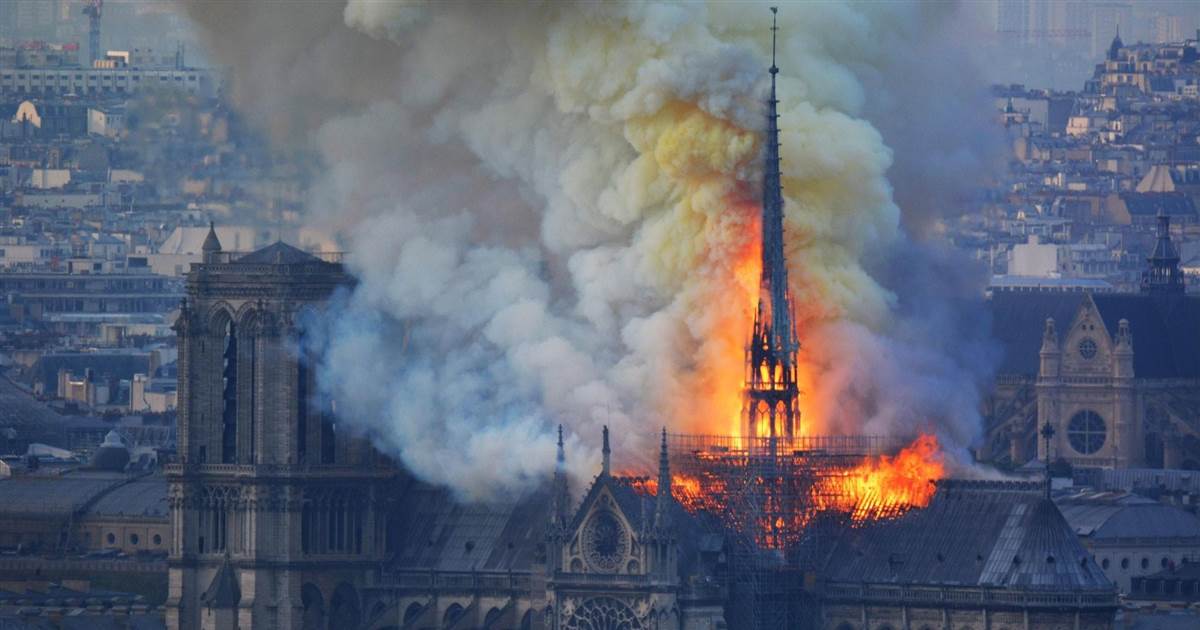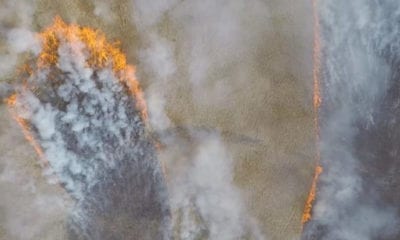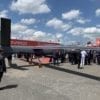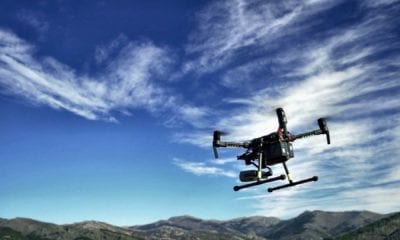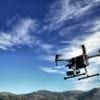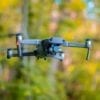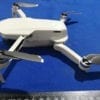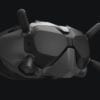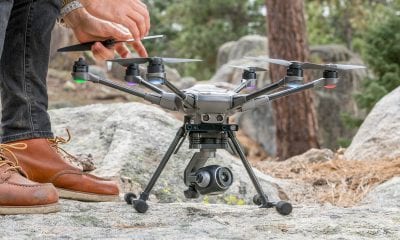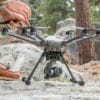Drones and Robots Helped Save Notre Dame
A fearsome blaze engulfed Notre Dame for twelve gruelling hours and the 850 year old Parisian icon seemed doomed for the worst. But thanks to the combined effort of the fire fighters and state-of-the-art drone technology and AI, the fires have been fully extinguished.
While the emergency response teams and fire fighters exhibited tremendous courage and grit, the timely and crucial tech support from drones and robots definitely helped save the day.
The fire started at the base of the 93-metre spire and spread through the cathedral’s ribbed roof, made up of hundreds of oak beams, some dating back to the 13th century. Almost 2/3rds of its roof having succumbed to the fire that began at the base of the 650 foot tall spire; the cathedral structure itself and much of the priceless art inside still remain. A 62-foot stained glass window was damaged along with one of the world’s largest pipe organs. The priceless stonework might have become weakened by the extreme heat.
The French junior interior minister Laurent Nuñez praising the fire fighters’ work said that they went inside Notre Dame’s towers to protect the belfries amid fears that their collapse could bring down the entire edifice.
Helping douse the inferno were fire fighters and cutting-edge pieces of technology fighting side by side with them. The drones were pushed into service at a moment’s notice. These drones and robots pitched in where the risk to human life was too great.
Eyes in the sky
As reported by the French media, emergency response teams utilized at least two UAVs or quadcopters -a Mavic Pro and Matrice M210; both Chinese DJI products were used for reconnaissance over the burning cathedral. The imagery from the DJI drones allowed fire-fighters to witness real-time intensity and movement of the fire inside the cathedral and plan their moves to optimize the salvaging operation.
As per the French newspaper Libération reports, these images were used to plan positioning of the fire hoses to ensure maximum effectiveness. The aerial vantage points guided the strategy for tackling the blaze.
While choppers could have been used too, the wind from their rotors could have caused the blaze to spread further. The UAVs in comparison turned out to be the appropriate choice for the operation because they were faster, less costly and being unaffected by the heat and smoke could get close to the fire thus avoiding risks that human responders might have faced in close proximity to the blaze.
Challenges aplenty
The Paris Fire Brigade do not have UAVs in their department to be used in a crisis like this one. So they borrowed two thermal camera equipped drones in service with the Ministry of the Interior and the Ministry of Culture.
Now, ordinarily the operation of UAVs is strictly prohibited in Paris. Flying a DJI drone or quadcopter over central Paris is blocked. Paris le Bourget airport is about nine miles, or about 14km, from the cathedral and DJI, in recognition of government policy, uses geofencing to block flights near airport runways. But given the critical circumstances DJI employed its system using which operators can request these limitations be lifted temporarily which allowed the manufacturer to work quickly with the French authorities and getting the UAVs airborne at the earliest.
Talking to French press, fire brigade spokesman Gabriel Plus praised drones for how useful they were while fighting the flames. A local fire fighter told FranceInfo, “The drones allowed us to use our available means in the best possible way,” adding, “It is thanks to these drones, to this new technique absolutely essential today, that we were able to make tactical choices to stop this fire at a time when it was potentially occupying the two belfries.” The Parisian Police Drone Unit cell was called on to control the drones used during the incident.
A DJI spokesperson said that firefighters “have now integrated and digested out technology so they can fully adopt it in search and rescue missions…[and] in extinguishing fires like what we saw in Notre Dame.”
On the shoulders of a Colossus
The Paris Fire Brigade also utilized the “extinguisher robot” –the ‘Colossus’ to enter Notre Dame and to battle the fire from within. This 500 kilogram tracked platform developed by Shark Robotics is a fire fighting asset due to its features: impervious to fire and water, and combined with a motorized water cannon it sprayed a seemingly never ending water hose on the flames.
Colossus was most useful to tackle the Notre Dame fire because it could remain inside the structure even given flaming debris was falling from the cathedral’s iconic lead-and-wood spire making the interior the most dangerous environment for human fire-fighters to operate in. Colossus rained a continuous deluge of water in the church’s nave even as the structure literally fell apart around the robot. The cooling effect from the water spray is being credited for having saved some of the priceless stained glass artwork. Additionally it also provided another live video feed to help fire fighters determine when it was safe enough to send in additional crews.
A high-tech restoration
Cutting edge technology and robotics have the next task laid out for them already, namely aid in restoration work of the Notre Dame. High-resolution aerial imagery from UAVs capturing shots of the entire site from various angles and subsequent data analysis could be used to create a three dimensional model of the structure through photogrammetry; aiding in the eventual design of a modern roof that blends into the original stonework.
The damage of the fire – which is expected to cost almost $8 billion in repairs – could have been significantly worse if the drones had not been used. The French president, Emmanuel Macron, has vowed to rebuild the Paris landmark within five years. It is a tall order but with cutting edge technology at hand restoration work could be completed efficiently.

